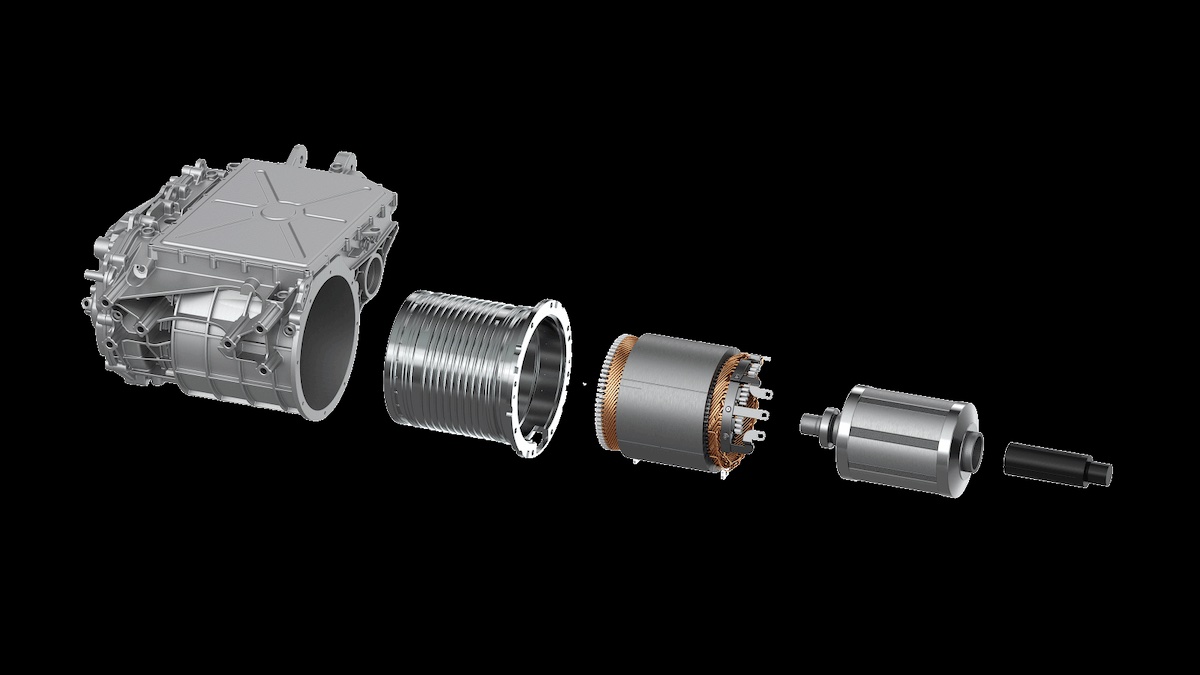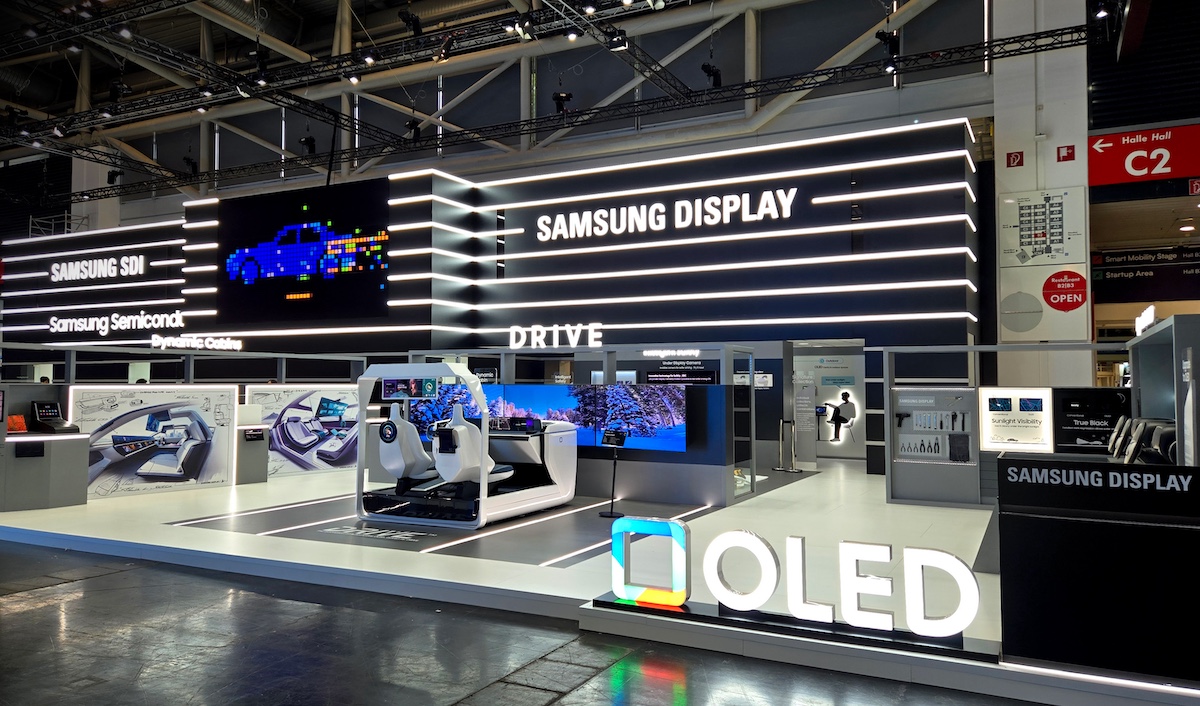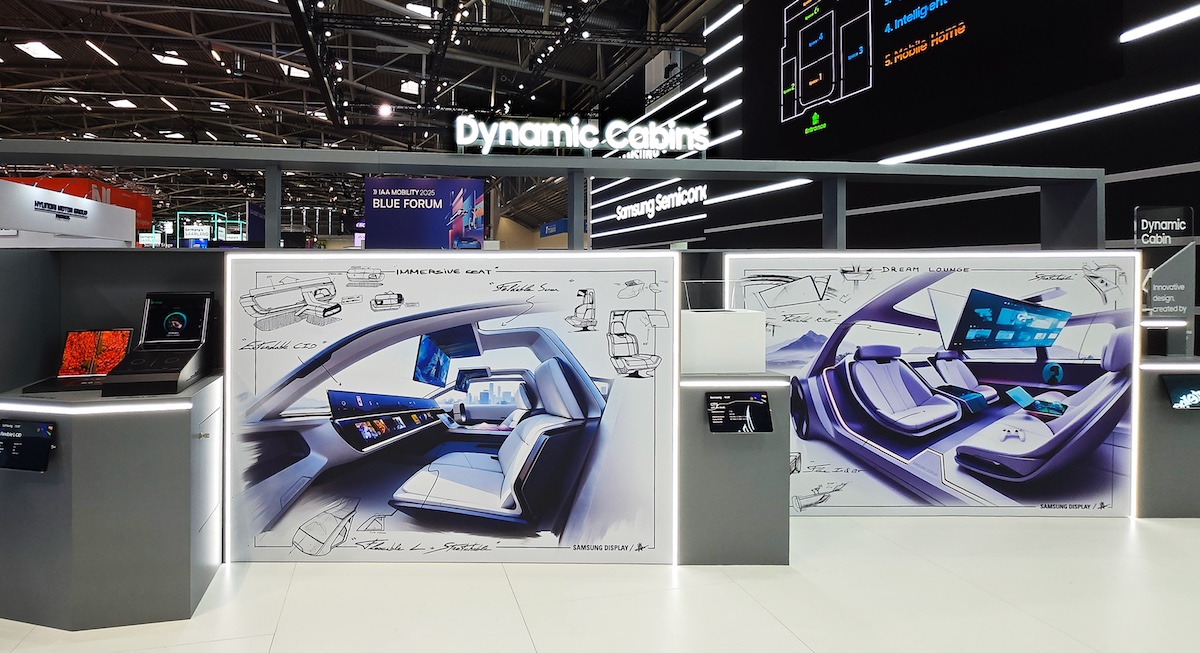In electric vehicle powertrain design, permanent-magnet synchronous motors are highly efficient but rely on rare-earth magnets, which create supply chain risks and carbon footprint concerns. BMW’s fifth-generation motor has already attempted to replace magnets with an electromagnetic rotor, but it still requires brushes and slip rings to maintain current, which introduces friction, wear, and greater design complexity. Valeo and Mahle have proposed a further step forward with their “brushless inductive power supply” solution—the iBEE (Inner Brushless Electrical Excitation) motor. This system uses inductive transmission to power the rotor, eliminating the need for brushes and oil seals, thereby reducing maintenance and packaging limitations. More importantly, at high speeds and low loads, the electromagnetic rotor can be completely depowered, avoiding the counter-current drag found in permanent-magnet motors during cruising, and thereby improving range. At the same time, eliminating magnets reportedly reduces the motor’s carbon footprint by about 40%, giving it a strong environmental advantage. In terms of performance, the design supports outputs between 295 and 469 horsepower, delivers high torque, and demonstrates an excellent continuous-to-peak power ratio. It may even simplify drivetrain design while supporting higher top speeds. Notably, ZF had previously introduced a similar I²SM technology that won a CLEPA Innovation Award, but it has yet to secure mass-production contracts with automakers. The industry is now watching closely to see whether Valeo’s solution can be the first to achieve commercialization and trigger a breakthrough.

Beyond propulsion technology, in-cabin experience has also become a major focus. Today’s automotive market is filled with “full-screen” interior designs, but a new question arises: do drivers really need that many screens? At this year’s show, Samsung showcased its DRIVE OLED display lineup, which attempts to strike a balance between “information visibility and concealment.” The core idea is that OLED screens can adapt flexibly to different driving scenarios. For instance, a 10.3-inch ultra-thin OLED cluster can operate in full-display mode, shrink down to a 2-inch information ribbon, or even retract completely into the dashboard. For the center console, Samsung applied flexible curved design inspired by foldable phone technology, enabling a 14.4-inch screen to create a smooth L-shaped transition. In the rear seats, Samsung demonstrated a rollable OLED display that can retract like a projection screen, preventing interference from children’s kicks or luggage. Although durability and practicality remain uncertain, this concept suggests that future cockpits may move away from “the more screens, the better,” instead focusing on providing the right amount of information when needed while blending invisibly into the cabin when not required.

From these innovations, it is clear that the 2025 IAA Munich Auto Show has sent a strong signal: the core of automotive technology competition is rapidly shifting toward “motor efficiency” and “human-machine interfaces.” On the powertrain side, the ability to balance high performance with low environmental impact will determine whether automakers can establish lasting competitiveness. If Valeo and Mahle’s iBEE motor can break the dominance of permanent-magnet motors, it could have a profound impact on the industry’s supply chain and cost structures. On the cockpit side, consumers are likely no longer seeking just bigger screens, but smarter and more adaptive technologies. Samsung’s OLED concepts can be seen as a response to user fatigue with excessive digitalization.

The IAA Munich Auto Show is no longer just about new cars—it has become a showcase of the intersection between the automotive and technology industries. As these technologies move closer to mass production, future cars will not merely be transportation tools, but rather a fusion of “high-performance electric drive platforms” and “intelligent digital spaces.”